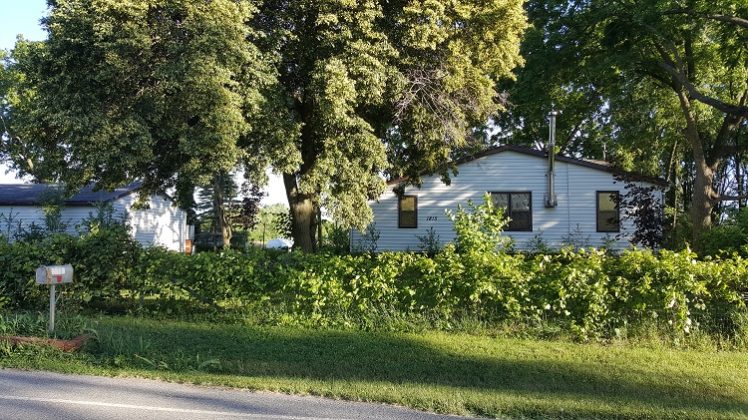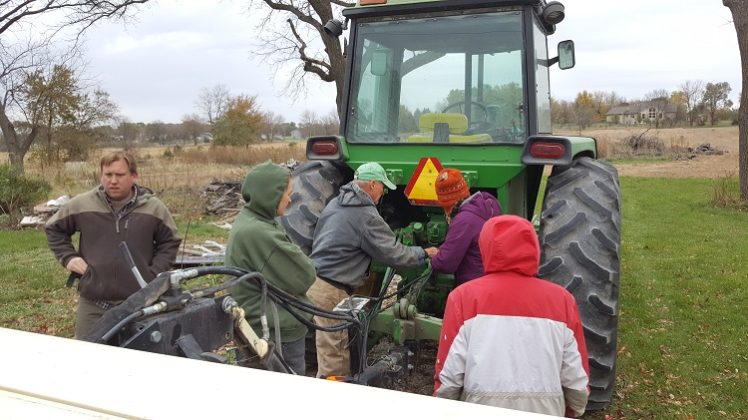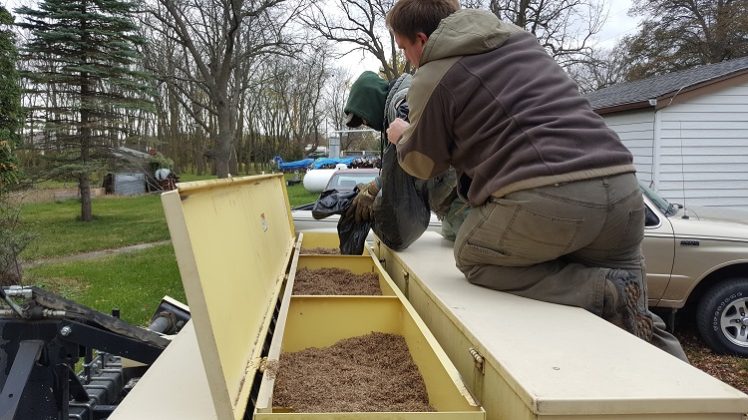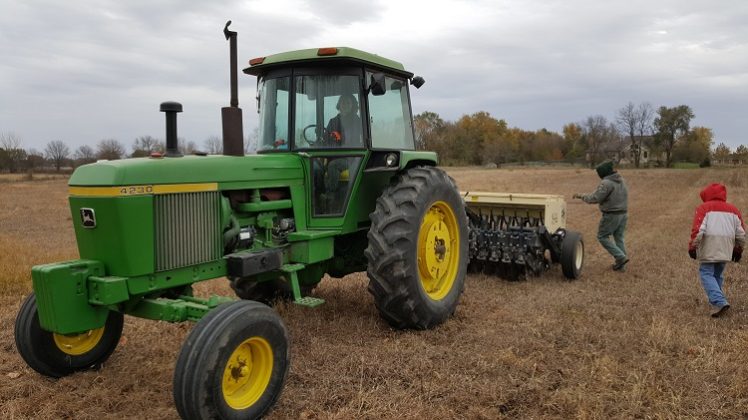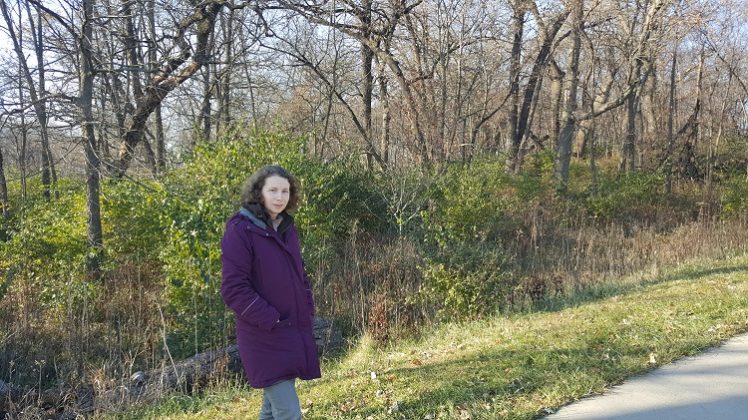

The seed has been sown on Mark Golightly’s planned 3.7-acre prairie and wildlife sanctuary at 1815 Park St. in Perry, a refuge promising both beauty to the neighborhood and solid ecological benefits to the Perry area.
The Perry City Council approved Golightly’s proposal in July, which included a detailed management plan and schedule, and the first plantings occurred Nov. 1 on his five-acre property. The cold days in early November and the milder temperatures in recent weeks have given the native seeds a good chance to situate themselves for spring germination.
“The ideal time for planting prairie is about now,” said Penny Perkins, owner of the Granger-based FTF Restoration LLC, which prepared Golightly’s management plan. Perkins spoke to ThePerryNews.com Nov. 1. “You want to planting a prairie before the first snowfall, when you start getting the colder temperatures and a little bit of the warmer, so there’s freezing and thawing. That will help the seed get down into the ground and work it in for better germination. A lot of the native seeds require a wet-cold stratification.”
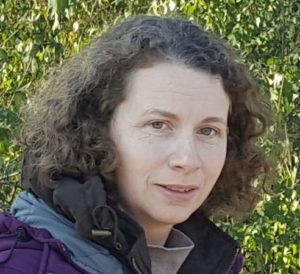
Perkins praised Golightly’s forward-looking attitude in managing his natural resources. With his city-approved plan in hand, “Mark steps up as a leader in private urban land management,” she said. “It started with his vision of a private haven for all species that flutter, swoop, scurry, slither and bloom amid a backdrop of row crops and houses.”
Seeding started early in the day Nov. 1. Local farmer Donnie Merkey provided a tractor to pull the native seed drill that Golightly rented from the Dallas County Conservation Board for the project. Perkins drove the tractor, and Dallas County Conservation Natural Resource Manager Greg Sieck and FTF Restoration crew person Jeffrey Topalovich assisted.
Historically, Dallas County was a refuge for a number of species that are now endangered, threatened or of special concern, such as the bald eagle, barn owl, regal fritillary, Indiana bat, northern long-eared bat, Crawe’s sedge, oval ladies’-tresses, Blanding’s turtle, bullsnake, smooth green snake and the hickory hairstreak. By incorporating native habitat on his property, Golightly might someday spot one of these species in his own backyard.
The heart of the plantation will be the shortgrass prairie, but at the northern edge of the managed area will be a tree screen of plum thicket, Baptisia australis, red bud, bladdernut and arborvitae, and the eastern edge of the property will see two rows of trees serving as a snow catch, with species including Canaan fir, Techny arborvitae, white spruce, Norway spruce.
The western length of the managed area will be planted with a variety of showy trees, such as redbud, serviceberry and black maple, with various shade-tolerant species interplanted as an understory.
The plan also includes planting a number of edible species for the canopy and understory that will support wildlife, such as walnut, heartnut, pecan, serviceberry, elderberry, paw paw, hazelnut, apple, gooseberry, blackberry, raspberry, currant, leeks, mushrooms and asparagus.
“Over the next few years, Mark can expect species to start popping up, with new surprises each year throughout the growing seasons,” Perkins said. “Management will need to include monitoring for invasive species and planned disturbances from mowing or burning as it develops. The payback will last the rest of his life and, with the right legacy plan, for many generations to come.”
Perkins said her own childhood experiences hunting with her dad created an interest in her to follow a path in natural resource management. Her interest deepened after volunteering with Nature Conservancy in 1993, her mentor was Hal Gardner, who himself was mentored under Aldo Leopold grad student Irene Cull. After graduate study in forestry and grassland ecology at Southern Illinois University at Carbondale, Perkins formed FTF Restoration in 2012 in order to help landowners manage their land and natural resources and make them more sustainable.
She works both with private landowners and public entities, as in her wetland restoration project in the city of Madrid’s Dalander Park and an ongoing savanna restoration job for the city of Urbandale’s Walnut Creek Regional Park, where she also works with crews in the parks department, “coaching them on how they can move forward on getting those natural resources protected and upgraded and made a showcase for urban people to see what good natural resource management can do.”
Perkins predicts that caring for the natural resources of soil and water eventually “will become the norm. People will start thinking about their soil and water quality and making good choices with their properties, both urban and rural, that will aid in transforming Iowa’s waterways from some of the most polluted in the nation to some of the cleanest.”
For now, she said, she focuses her work on “getting landowners who have the natural resources that need management to bring back ecological health or landowners who have the space to develop habitat. Landowners who are hunters, for instance, need to realize that if they manage their woods, they’ll have better hunting, especially the hunters with oak-hickory savanna remnants, which historically was better represented in Iowa and is the prime habitat for several game species, including deer and turkey.”
For more information about FTF Restoration, call 515-559-0224.









